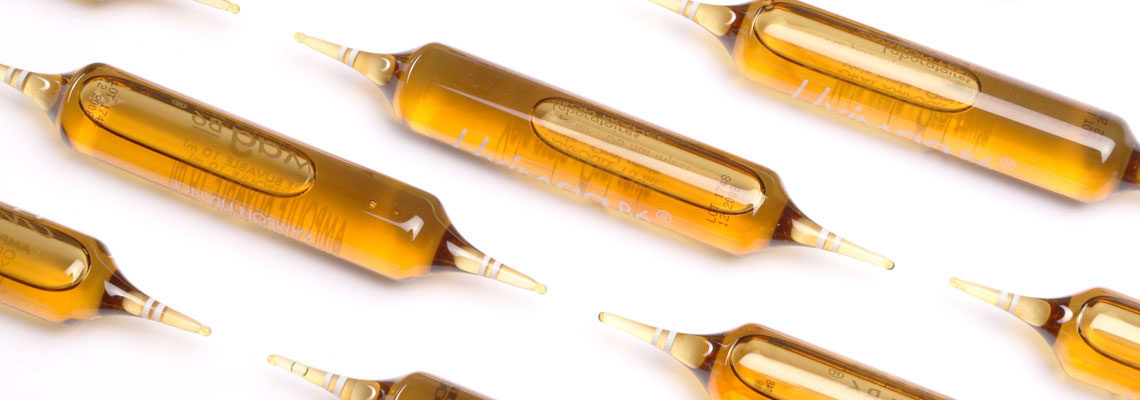All over the world, ampoules have become the most common packaging containers for liquid pharmaceutical products. An ampoule is a small sealed pharmaceutical vial that comes in handy as a secure storage and a much safer way of transporting both oral liquid and injectable drugs. Using these types of containers has reduced the chances of injury and drug wastage when opening the packaging. These are just a few advantages of using this type of drug packaging. This article will not be about the benefits a pharmaceutical ampoule brings, but about the different types that are in use in the pharmaceutical industry. Below are the different glass ampoules that are most common in the pharmaceutical industry.
There are also the Form c vials that are not much different from the type B ones. These have a much wider stem and one can even describe them as funnel-shaped. This design facilitates the process of automatic filling of the Type C vial.
The above are some of the most common types of glass ampoules that are found in most health or pharmaceutical facilities. One can even describe them as advanced pharma packaging containers since they will ensure no contamination takes place to the contents of the vials. This is because of their unique features and properties that are more advanced compared to other pharma containers. In there near future, it is expected that new methods of gently breaking open glass ampoules can be thought of. So as not to minimize accidental contamination by glass when opening them.
Double tipped ampoules
Well, this type of packaging is made from glass, which is a non-pollutant and can be recycled easily, making it environmentally friendly. These types of pharmaceutical containers allow for sterilization even after it is filled and sealed. This is because the glass used is autoclavable, ensuring it does not contaminate the contents in any way. Double tipped ampoule are fully hermetic, and this is a very big advantage when filling them. They guarantee a competitive cost when filling since an advanced vacuum suction process is used to fill them.Straight stem ampoule or Form B
Most straight stem containers or the type B ampoule are excellently processed, and the stem is usually cut using a flame. These packaging containers are well proven and very economical for the storage or packaging of pharmaceutical products that are in a liquid state. These pharmaceutical containers are produced in different volumes that range between 1ml and 25ml in two different shades of color amber and clear glass. A color break shows the place to break as required.There are also the Form c vials that are not much different from the type B ones. These have a much wider stem and one can even describe them as funnel-shaped. This design facilitates the process of automatic filling of the Type C vial.
Form D ampoule or closed ampoule
These pharmaceutical containers are produced initially as open containers just like Type B and c but they undergo a special procedure that encloses the top to form a D shape. Thus, the name. These types of vials are also available in amber or clear glass. They have a one-point cut or color break ring opening that shows where one should open the vial from. For identification, during manufacturing, up to two code rings can be applied. Since they are made of glass, they are environmentally acceptable and can be recycled.The above are some of the most common types of glass ampoules that are found in most health or pharmaceutical facilities. One can even describe them as advanced pharma packaging containers since they will ensure no contamination takes place to the contents of the vials. This is because of their unique features and properties that are more advanced compared to other pharma containers. In there near future, it is expected that new methods of gently breaking open glass ampoules can be thought of. So as not to minimize accidental contamination by glass when opening them.
